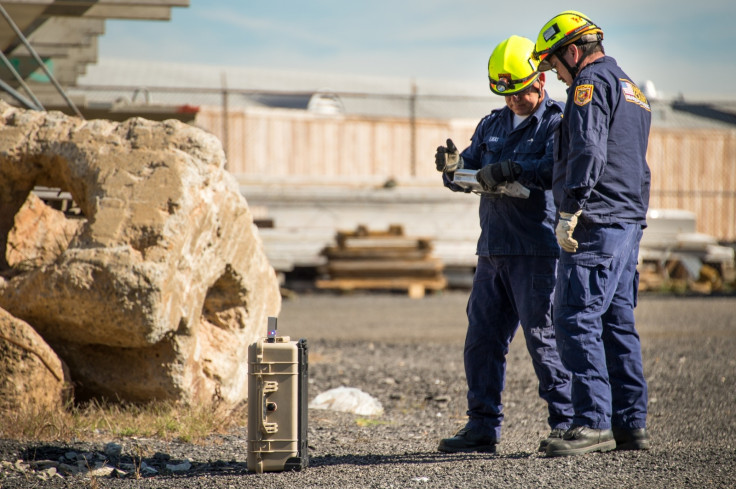Nepal earthquake: NASA radar detects heartbeats of buried survivors

A search and rescue device developed by NASA and the US Department of Homeland Security has located four survivors of the recent Nepal earthquake buried beneath 10 feet of rubble.
The Finding Individuals for Disaster and Emergency Response (FINDER) device used microwave-radar technology to detect the heartbeats of four men trapped beneath collapsed structures.
The portable radar unit is based on remote sensing technology originally developed to detect alien life on distant exoplanets.
Within a search and rescue context, FINDER is able to detect breathing and heartbeats of people beneath up to 30 feet of rubble, behind 20 feet of solid concrete, or within 100 feet in open spaces.
The Nepal earthquake on 25 April has so far claimed the lives of around 7,500 people and efforts are still being made to locate survivors.
Two FINDER devices arrived in Nepal on 29 April -- four days after the earthquake struck -- having been in development since 2013.
"The true test of any technology is how well it works in a real-life operational setting," said Reginald Brothers, Department of Homeland Security under secretary.
"Of course, no one wants disasters to occur, but tools like this are designed to help when our worst nightmares do happen."
Demonstrations of the FINDER device are set to take place at the Virginia Task Force One Training Facility on 7 May, where an announcement regarding its commercialisation is expected to be made.
© Copyright IBTimes 2025. All rights reserved.






















